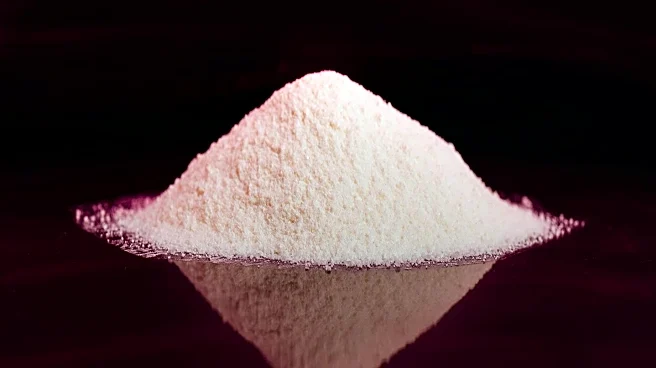What's Happening?
An experienced exerciser, who had previously been certified to teach kettlebell workouts, developed rhabdomyolysis after returning to kettlebell exercises following a hiatus. The individual experienced dark
urine and muscle soreness, leading to a hospital visit where elevated creatine kinase levels were detected, indicating muscle damage. Rhabdomyolysis is a condition where muscle tissue breaks down and releases its contents into the bloodstream, potentially causing kidney damage. The exerciser was advised to take a six-week break from physical activity to recover.
Why It's Important?
Rhabdomyolysis, though rare, highlights the risks associated with high-intensity workouts, especially for individuals returning to exercise after a break. This condition underscores the importance of listening to one's body and easing into workouts to prevent overexertion. The case serves as a reminder for fitness enthusiasts and trainers to prioritize safety and gradual progression in exercise routines. It also points to the need for awareness about the symptoms and risks of rhabdomyolysis among the fitness community.
What's Next?
The individual plans to monitor their physical condition closely and gradually return to exercise, starting with less intense activities. Fitness professionals may use this case to educate clients about the importance of recovery and the potential dangers of overexertion. The incident could lead to increased awareness and caution among exercisers, particularly those engaging in high-intensity workouts.
Beyond the Headlines
The case raises questions about the balance between pushing physical limits and maintaining health. It highlights the need for more research into safe exercise practices and the physiological impacts of different workout intensities. The fitness industry might consider developing guidelines to help individuals safely transition back into exercise after a break.











